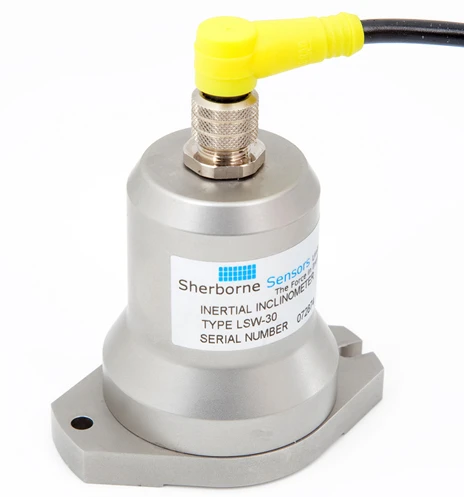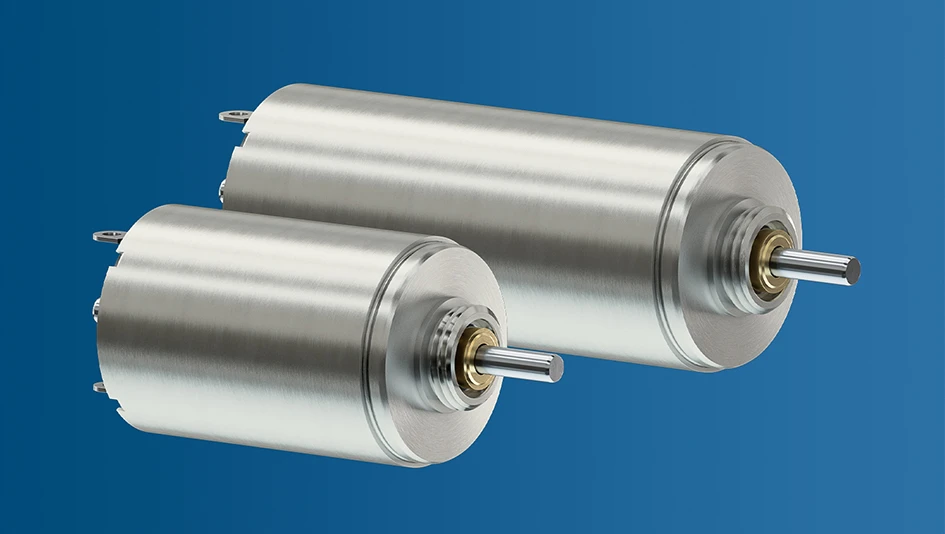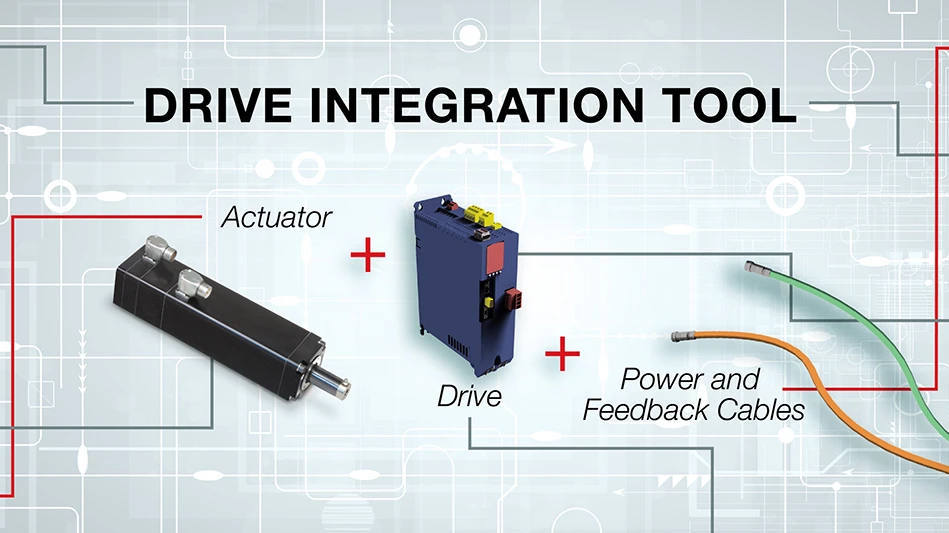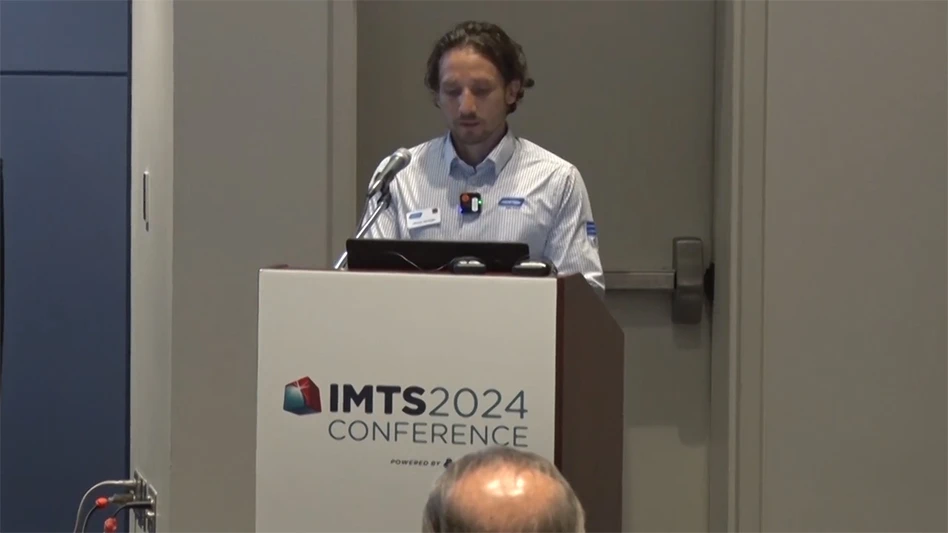
The calibration accuracy of many sensors is fundamentally dependent upon the force of gravity at the site of operation. Examples of such sensors include accelerometers, inclinometers, force transducers and load cells. Consequent upon the principles upon which these sensors work, their sensitivity is fundamentally proportional to the force of gravity where they are being used; their absolute sensitivity may well differ when in situ from that of their place of manufacture. The acceleration due to gravity varies across the Earth’s surface due to a number of circumstances and, in the extreme, may well translate to a variation of up to 0.5% depending on where in the world it is measured.
For example, electronic weigh scales that use load cells as weight sensors effectively measure the force of gravity acting upon a mass. If on-site gravity compensation is not taken into consideration, the scales will have an error proportional to the difference between the acceleration due to gravity between the installation and original calibration sites.
Universal Laws
Sir Isaac Newton’s Law of Universal Gravitation resulted from mostly empirical observations and was first stated in his Philosophiae Naturalis Principia Mathematica in 1687. Here, he stated that: “Every point mass attracts every other point mass by a force pointing along the line intersecting both points. The force is proportional to the product of the two masses and inversely proportional to the square of the distance between them.”
Mathematically the force due to gravity is expressed by the formula: F = Gm1m2/r2
(Where F is the force between masses, G is the Gravitational Constant, m1 and m2 are the first and second masses and r is the distance between the centres of the masses).
Although Einstein’s Theory of General Relativity has since superseded this law, it continues to be applied, unless there is a need for extreme precision or when dealing with gravitation for extremely massive and dense objects.
The Gravitational Constant G is actually very difficult to measure but, in 2010, CODATA, (Committee on Data for Science and Technology) recommended the value of G = 6.67384 x 10-11 m3 kg-1 s-2, with an uncertainty of 1 part in 8,300. Thus, with knowledge of the mass of the Earth and its radius, the force due to gravity can be ascertained.
It should be noted that the Law of Universal Gravitation defines a mass as a point mass; the Earth is neither of uniform shape nor even mass distribution and cannot be treated as such unless to a first approximation. Indeed, the Earth is also not spherical but actually takes the form of an oblate spheroid, the equatorial diameter being larger than that at the poles. Gravity therefore varies in proportion to latitude, (see Figure 1). Secondly, the height above sea level of the various landmasses making up the inhabitable surface of the Earth varies according to location. Consequent on the Law of Universal Gravitation the acceleration is proportional to altitude too, (see Figure 2).

Thirdly, the Earth is spinning on its axis and consequently the force of gravity at the equator is reduced by the centripetal force, the effect diminishing to zero at the poles.
By way of example and using the Law of Universal Gravitation, the force due to gravity acting on a mass of 1kg, at sea level and at the equator is 9.7958N. However, at an elevation of 2,000m, the force reduces to 9.7897, a reduction of 0.06%. Similarly, due to the Earth’s geometry, the force acting on a mass of 1kg at the poles increases by 0.70% compared to that at the equator. Complicating matters further is the effect of centripetal acceleration due to the Earth’s rotation that varies from a maximum at the equator to zero at the poles. Varying according to latitude, this reduces the apparent force due to gravity at the equator by 0.35% compared to that at the poles.
What it all means
The application of force transducers in relation to weighing is perhaps the easiest to relate to when reaching an understanding of the effects of gravity on sensor calibration and accuracy. Typically a weighing instrument is calibrated using test masses. But as has been shown, the forces produced by test masses will vary according to location and it is reasonably commonplace for accurate weighing systems to have means of adjustment built in to allow for multi-location deployment throughout the world.
Inertial inclinometers and accelerometers also use gravity as their fundamental calibration reference, but it is important to note that the calibration will only be truly valid when the sensors are used at the original calibration site.
When making accurate measurements and unless the sensors can be calibrated locally, then it is essential to consider the latitude and the altitude at which the sensors will be installed and adjust the sensitivity of the sensors accordingly if the manufacturer’s calibration data is to be the sole source of reference.
Fortunately there are several convenient sources of gravitational data available for reference that may be used for this purpose. One of the most useful and flexible information sources available on the Internet is that contained in the PTB’s web site:
The use of a value for g of 9.81m/s2 is commonplace, but when high accuracy is required from a sensor that is reliant upon gravity for its function, it is important to understand and consciously correct for variations in gravity between the original calibration site and that where the sensors are installed. Reputable sensor manufacturers will always provide users with the value of g at the calibration site so that variations can be taken into consideration.
By Mike Baker, Director, Sherborne Sensors
Latest from Today's Medical Developments
- North American robotics market holds steady in 2024 amid sectoral variability
- Evident’s DSX2000 digital microscope
- Ferrocene becomes first Rust toolchain to achieve IEC 62304 qualification
- Germany expects a major decline in production in 2025
- Learn what you need to comply with CMMC requirements
- VersaBuilt’s CNC automation possibilities
- ROBOTICS AWARD 2025
- There’s still time to register for this week’s manufacturing industry webinar!





